Static and dynamic splints are orthopedic devices used to support, immobilize, or assist in the movement of joints and muscles following injury, surgery, or in the management of chronic conditions. These splints play a crucial role in rehabilitation by aiding in the healing process, reducing pain, preventing deformities, and improving functional mobility.
Static Splints:
Static splints are designed to immobilize a joint or limb in a fixed position. They are commonly used to stabilize fractures, dislocations, or soft tissue injuries by restricting movement, allowing the affected area to heal properly. Made from materials like thermoplastics, plaster, or fiberglass, static splints provide rigid support and are custom-molded to fit the patient’s anatomy. They are often used in conditions such as carpal tunnel syndrome, tendon repairs, or after surgical procedures to maintain the joint in a specific position and prevent unwanted movements that could impede healing.
Dynamic Splints:
Dynamic splints, on the other hand, are designed to allow controlled movement of the affected joint. They incorporate elastic bands, springs, or hinges that provide gentle force to assist or resist motion, promoting gradual stretching or strengthening of muscles and tendons. Dynamic splints are commonly used in rehabilitation to improve range of motion, prevent stiffness, and facilitate functional use of the limb. They are beneficial in conditions like tendon injuries, nerve damage, or after joint replacements, where movement is necessary to prevent adhesions and improve flexibility.
Benefits and Uses:
Both static and dynamic splints are integral in occupational and physical therapy. They are customized to meet individual patient needs, ensuring optimal fit and effectiveness. Static splints are ideal for immobilization and protection, while dynamic splints promote movement and functional recovery.
The choice between static and dynamic splints depends on the specific injury, stage of healing, and therapeutic goals. Healthcare professionals assess the patient’s condition to determine the most appropriate type of splint.
In summary, static and dynamic splints are essential tools in medical rehabilitation, aiding in the healing process, restoring function, and enhancing the quality of life for individuals recovering from injuries or managing chronic conditions.







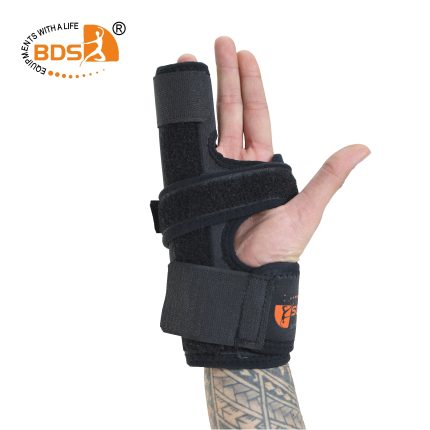

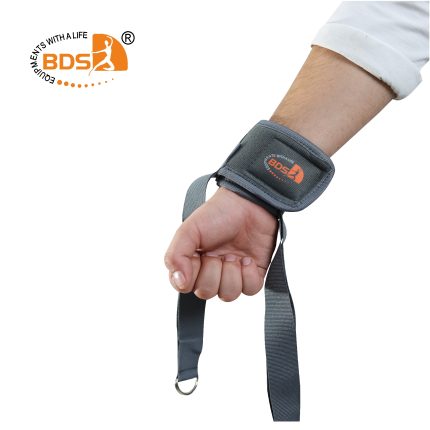
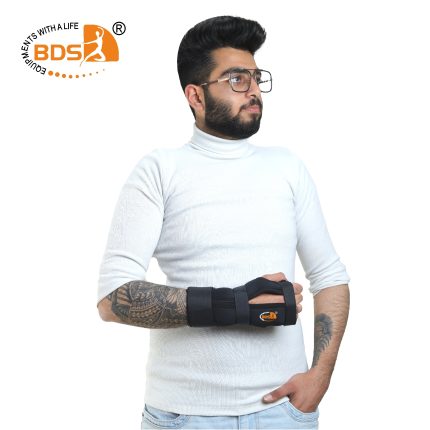

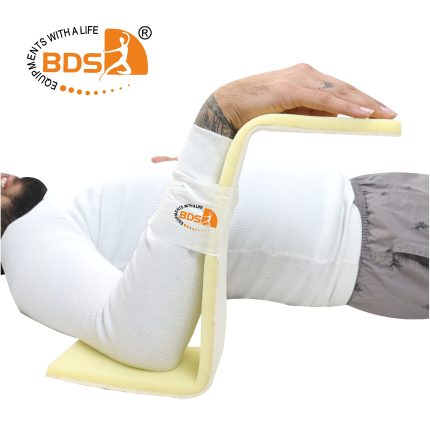
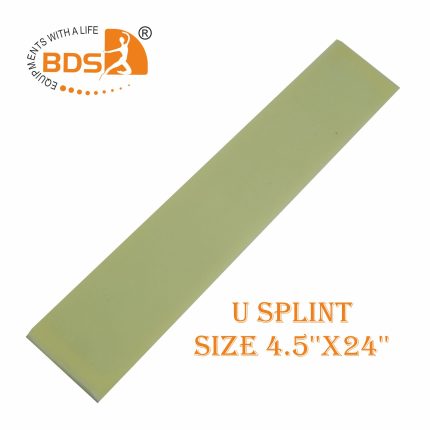
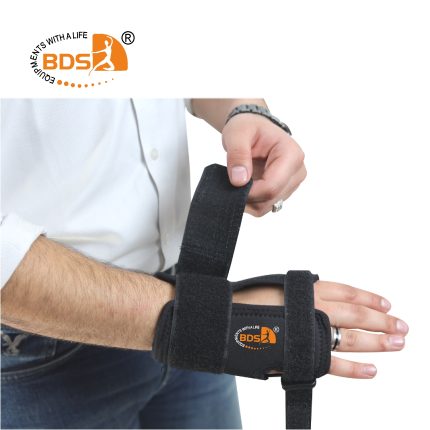
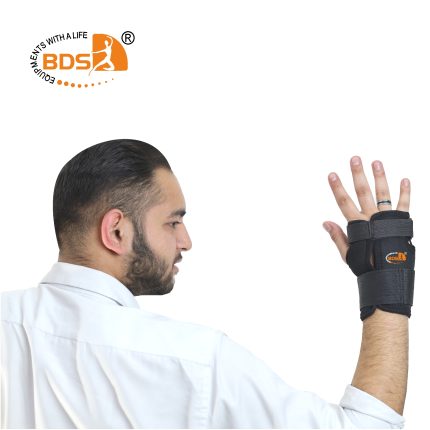
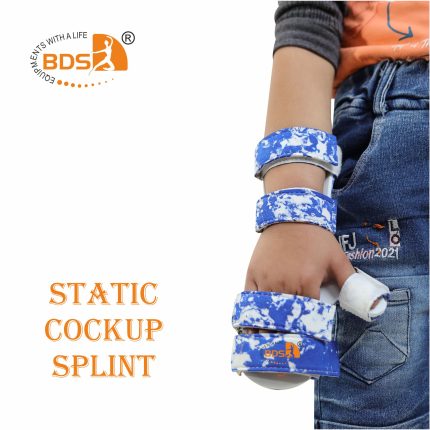




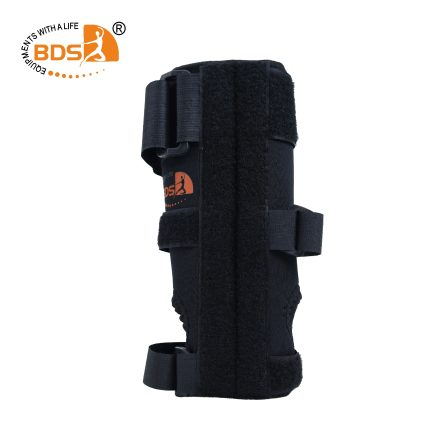
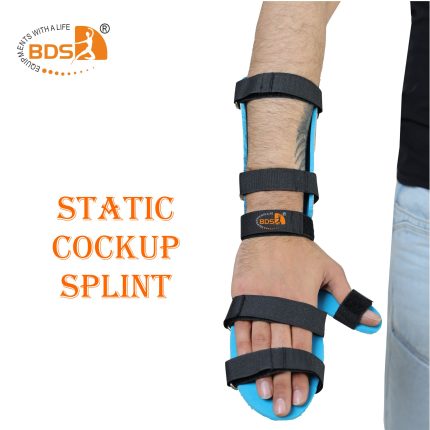
Reviews
There are no reviews yet.